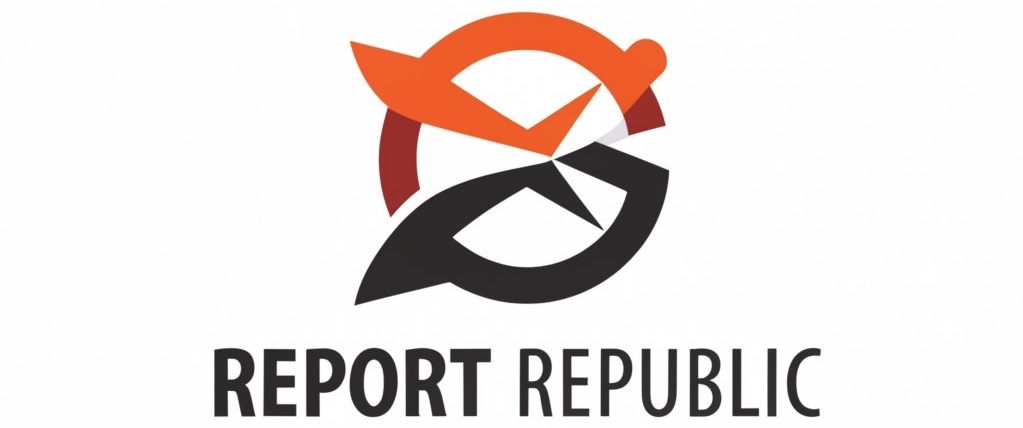Quick Response (QR) codes have become an integral part of our daily lives, seamlessly blending the physical and digital realms. Initially developed in the automotive industry in the 1990s, QR codes have evolved into a versatile tool used across various sectors. In this comprehensive guide, we will explore the history, technology, applications, and future trends of QR codes.
1. History of QR Codes:
QR codes were invented in 1994 by Masahiro Hara, an engineer at the Japanese company Denso Wave. Originally created to track automotive parts during manufacturing, QR codes quickly gained popularity due to their ability to store more information than traditional barcodes. Their square shape and arrangement of black squares on a white background make them easily recognizable.
2. How QR Codes Work:
QR codes use a two-dimensional matrix to store information. The data is encoded in the arrangement of black squares, and the code can be scanned from any angle. QR codes can store various types of data, including alphanumeric characters, binary, and special characters. The scanning process involves capturing the code using a smartphone camera or dedicated QR code scanner, and the encoded information is then decoded and displayed on the device.
3. Types of QR Codes:
There are several types of QR codes, each designed for specific applications. The most common ones include:
- Static QR Codes: These contain fixed information and are ideal for one-time use, like displaying contact information or a website link.
- Dynamic QR Codes: These allow for the modification of encoded data even after the code has been generated. They are suitable for applications where information may change over time, such as event details or product promotions.
- Micro QR Codes: A smaller version of the traditional QR code, often used when space is limited.
- Custom QR Codes: These codes allow for customization in terms of color, design, and logo incorporation while maintaining functionality.
4. Applications of QR Codes:
QR codes have found widespread use across various industries:
- Retail: QR codes enable seamless online shopping experiences, allowing users to scan codes for product information, reviews, and direct links to purchase.
- Marketing: Marketers use QR codes in advertising to provide instant access to promotions, videos, or additional content.
- Healthcare: QR codes are utilized for patient identification, accessing medical records, and providing information about medications.
- Contactless Payments: Many mobile payment systems use QR codes for secure and convenient transactions.
- Travel: Boarding passes, event tickets, and hotel check-ins often incorporate QR codes for quick and paperless processes.
5. Security and Privacy Concerns:
While QR codes offer convenience, there are potential security and privacy issues. Malicious QR codes can direct users to phishing websites or download malware. Users should exercise caution and use trusted sources to scan QR codes. Additionally, app developers and businesses must prioritize security measures to protect users from potential threats.
6. Future Trends:
The future of QR codes holds exciting possibilities. With advancements in technology, we can expect to see enhanced functionalities and increased integration into everyday life. Innovations such as dynamic content updates, augmented reality experiences, and improved security features will likely shape the next generation of QR codes.
Conclusion:
QR codes have evolved from their automotive origins to become an indispensable part of modern life. Understanding the history, technology, and applications of QR codes is crucial for both consumers and businesses. As we continue to embrace the digital age, QR codes will undoubtedly play a significant role in shaping our interactions between the physical and virtual worlds.

